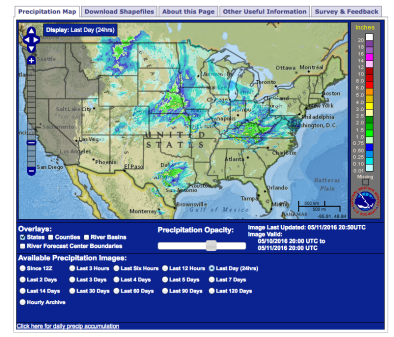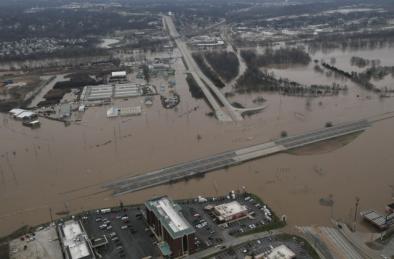Science Source
Role of the strengthened El Niño teleconnection in the May 2015 floods over the southern Great Plains
- Analyzes climate anomalies leading to the May 2015 floods in Texas and Oklahoma in the context of El Niño teleconnection in a warmer climate
- States the effect of a developing El Niño tending to increase late-spring precipitation in the southern Great Plains has intensified since 1980
- Holds anthropogenic global warming contributed to the physical processes that caused the persistent precipitation in May 2015: Warming in the tropical Pacific acted to strengthen the teleconnection toward North America, modification of zonal wave 5 circulation that deepened the stationary trough west of Texas, and enhanced Great Plains low-level southerlies increasing moisture supply from the Gulf of Mexico
- Completes an attribution analysis using the Coupled Model Intercomparison Project Phase 5 single-forcing experiments and the Community Earth System Model Large Ensemble Project
- Attribution analysis indicates a significant increase in the El Niño-induced precipitation anomalies over Texas and Oklahoma when increases in the anthropogenic greenhouse gases were taken into account
Related Content
Real Time Data

Feb 25, 2016 | National Weather Service
US Precipitation Map
Science Source
| Climate Central
Unnatural Coastal Floods: Sea level rise and the human fingerprint on U.S. floods since 1950
Benjamin H. Strauss, Robert E. Kopp, William V. Sweet et al
Headline

Feb 17, 2016 | Ars Technica
Recent St Louis flooding made worse by human changes to landscape
Headline

Feb 8, 2016 | Marketplace
Record floods in Missouri spur debate over levees


